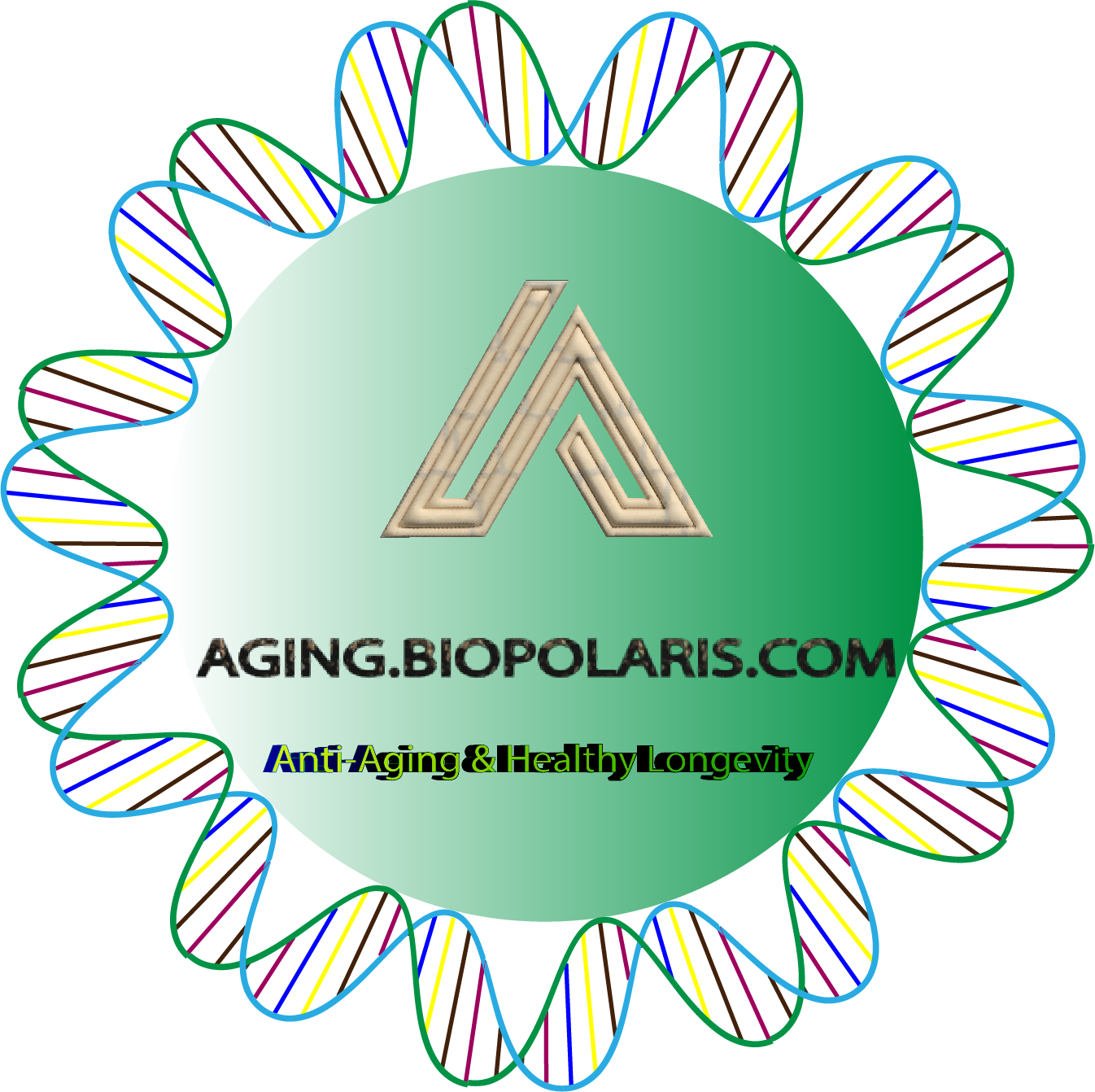Aggregator
A haplotype-resolved pangenome of the barley wild relative <i>Hordeum bulbosum</i>
Decadal changes in atmospheric circulation detected in cloud motion vectors
How short peptides disassemble tau fibrils in Alzheimer’s disease
The spatiotemporal distribution of human pathogens in ancient Eurasia
A single-cell multi-omics atlas of rice
Lack of evidence for the transitional cerebellar progenitor
Workouts can help gut microbes to quell cancer
Ancient DNA reveals farming led to more human diseases
Why quantum physicists are still arguing after 100 years
Retraction Note: Human fetal cerebellar cell atlas informs medulloblastoma origin and oncogenesis
Feline infectious peritonitis epizootic caused by a recombinant coronavirus
Replay and representation dynamics in the hippocampus of freely flying bats
Lab drowning in paperwork? Hire an in-house writer
Will algorithms choose your next lab colleague?
Cold coffee effect
World’s most porous sponges: intricate carbon-trapping powders hit the market
Sweet or sour? AI-powered device achieves human-like sense of taste
Pterosaur died with belly full of plants—a fossil first
New discovery confirms the long-debated hypothesis that the ancient winged reptiles ate plants
Record-setting recovery of ancient protein used to identify extinct rhino relative
Scientists sequence 20-million-year-old enamel protein from teeth fossils preserved in Arctic cold
Unveiling aging heterogeneities in human dermal fibroblasts via nanosensor chemical cytometry
Aging heterogeneity in tissue-regenerative cells leads to variable therapeutic outcomes, complicating quality control and clinical predictability. Conventional analytical methods relying on labeling or cell lysis are destructive and incompatible with downstream therapeutic applications. Here we show a label-free, nondestructive single-cell analysis platform based on nanosensor chemical cytometry (NCC), integrated with automated hardware and deep learning. nIR fluorescent single-walled carbon...
